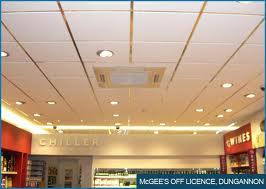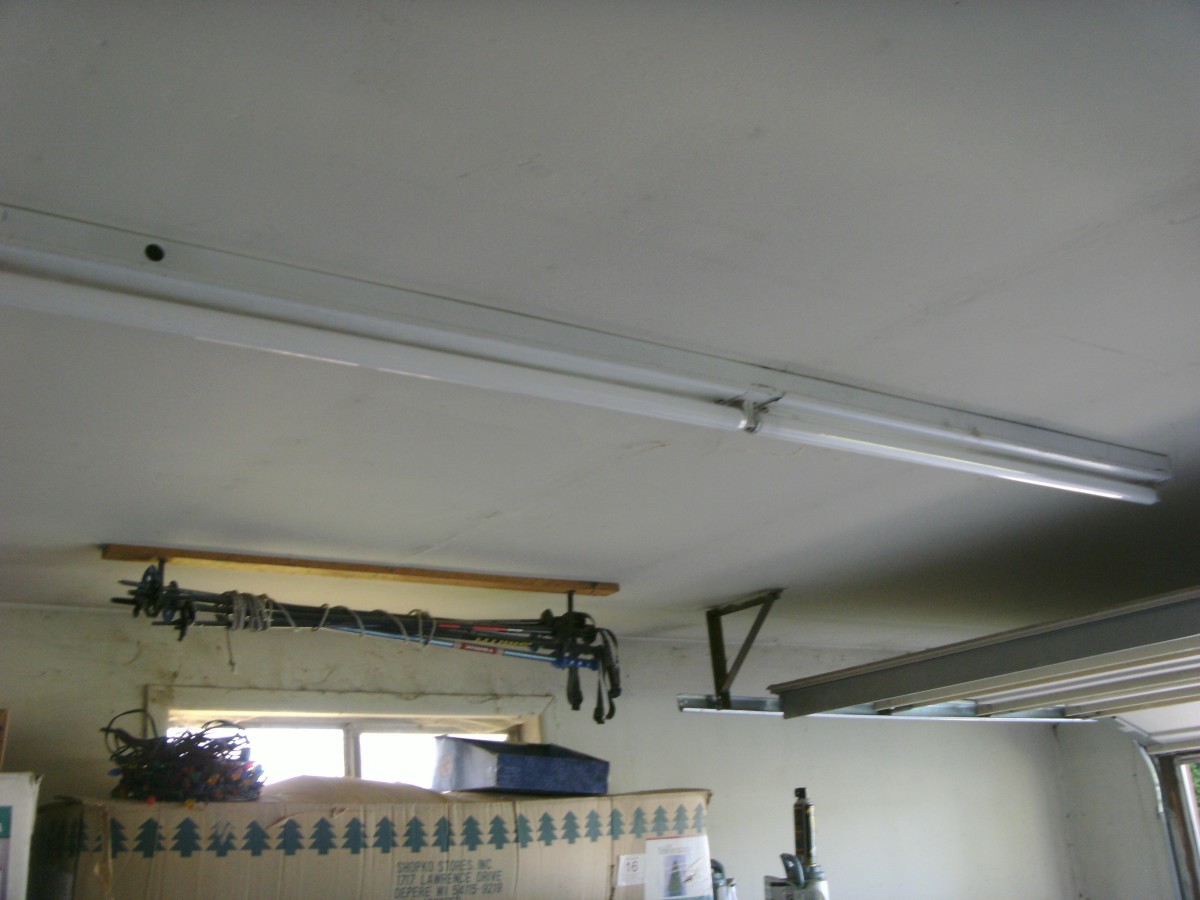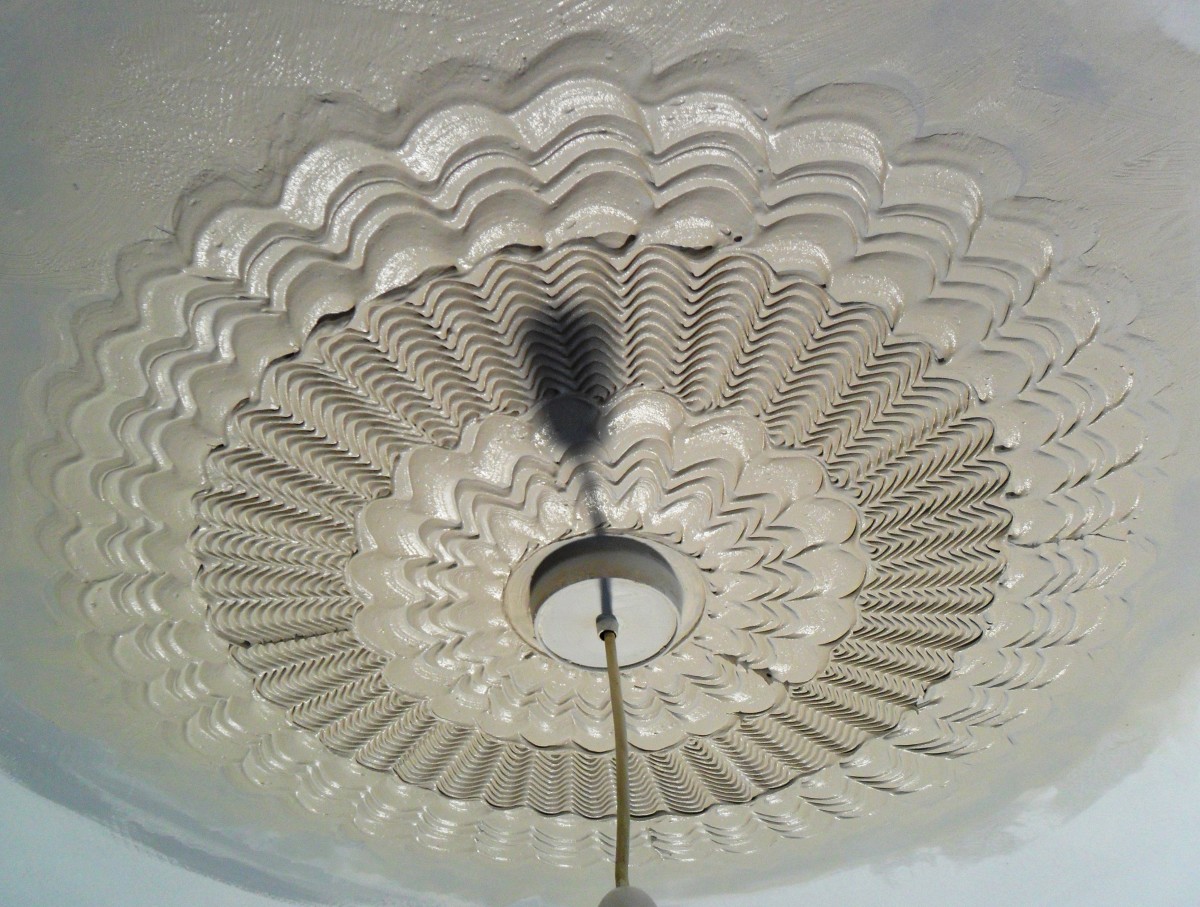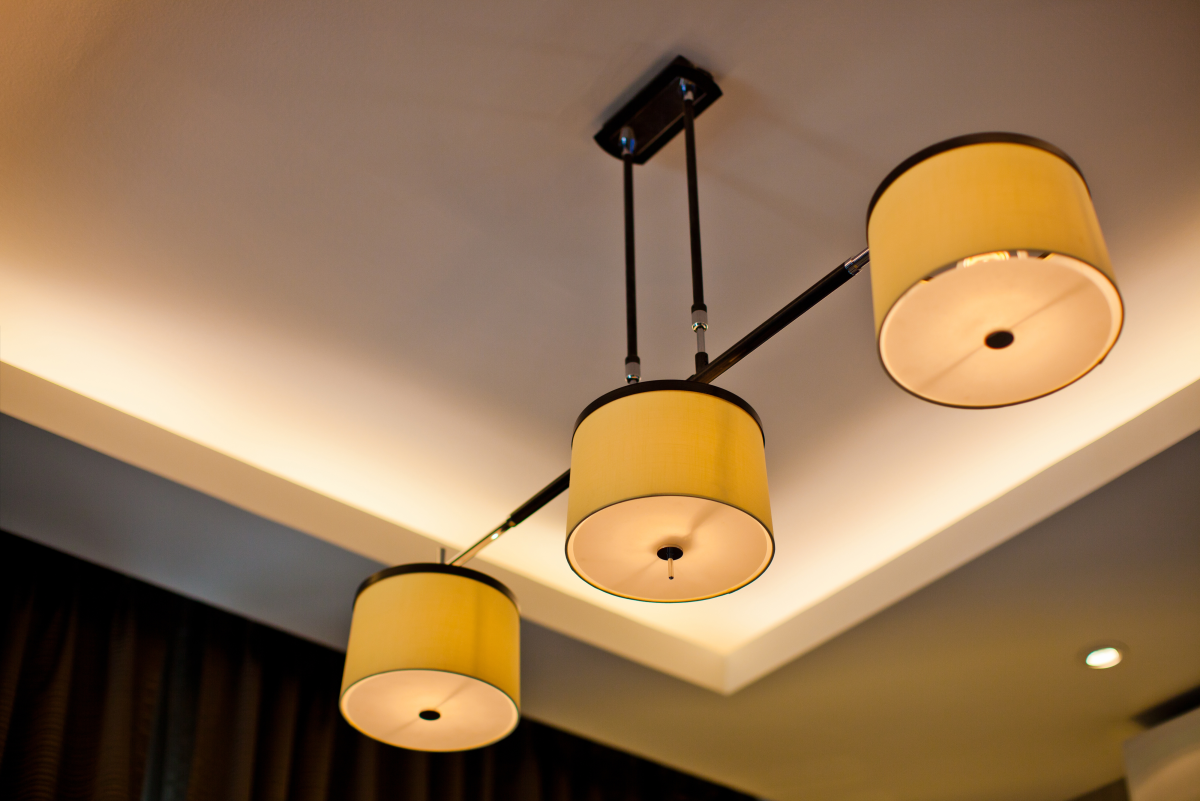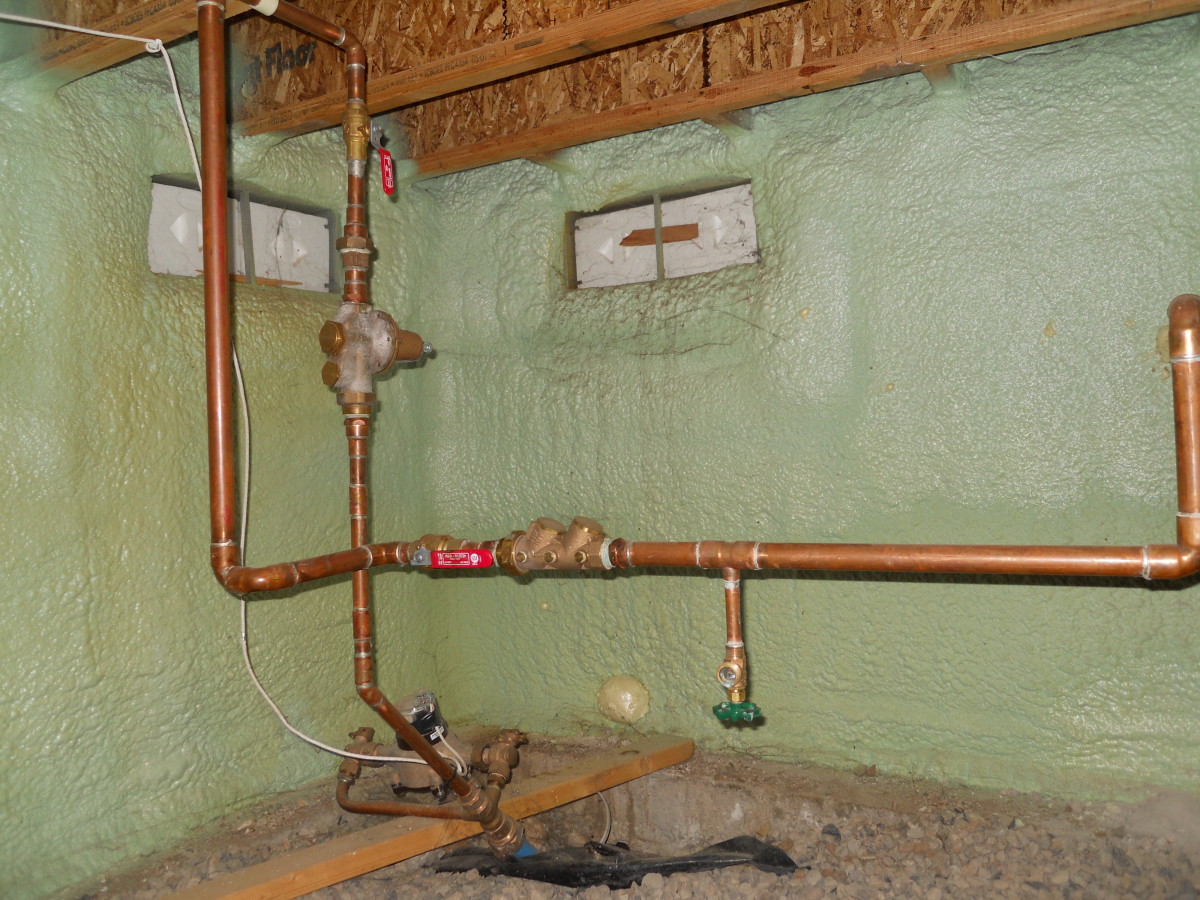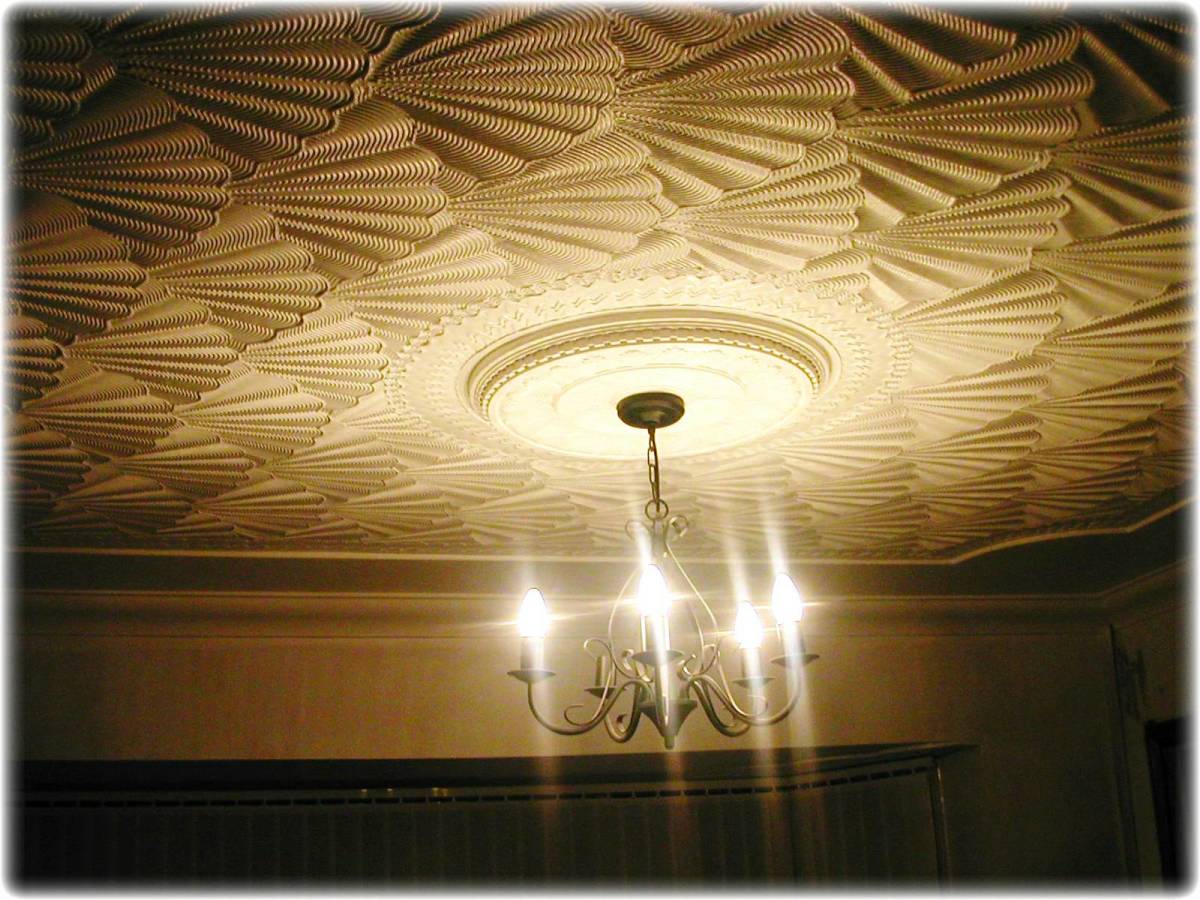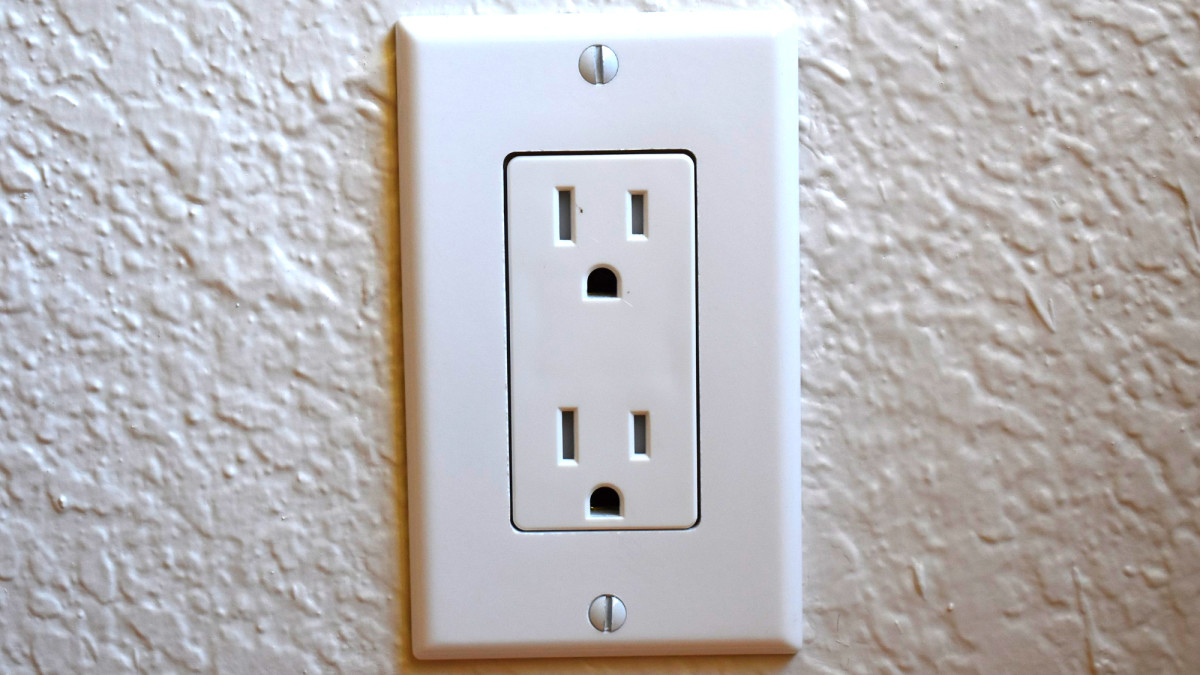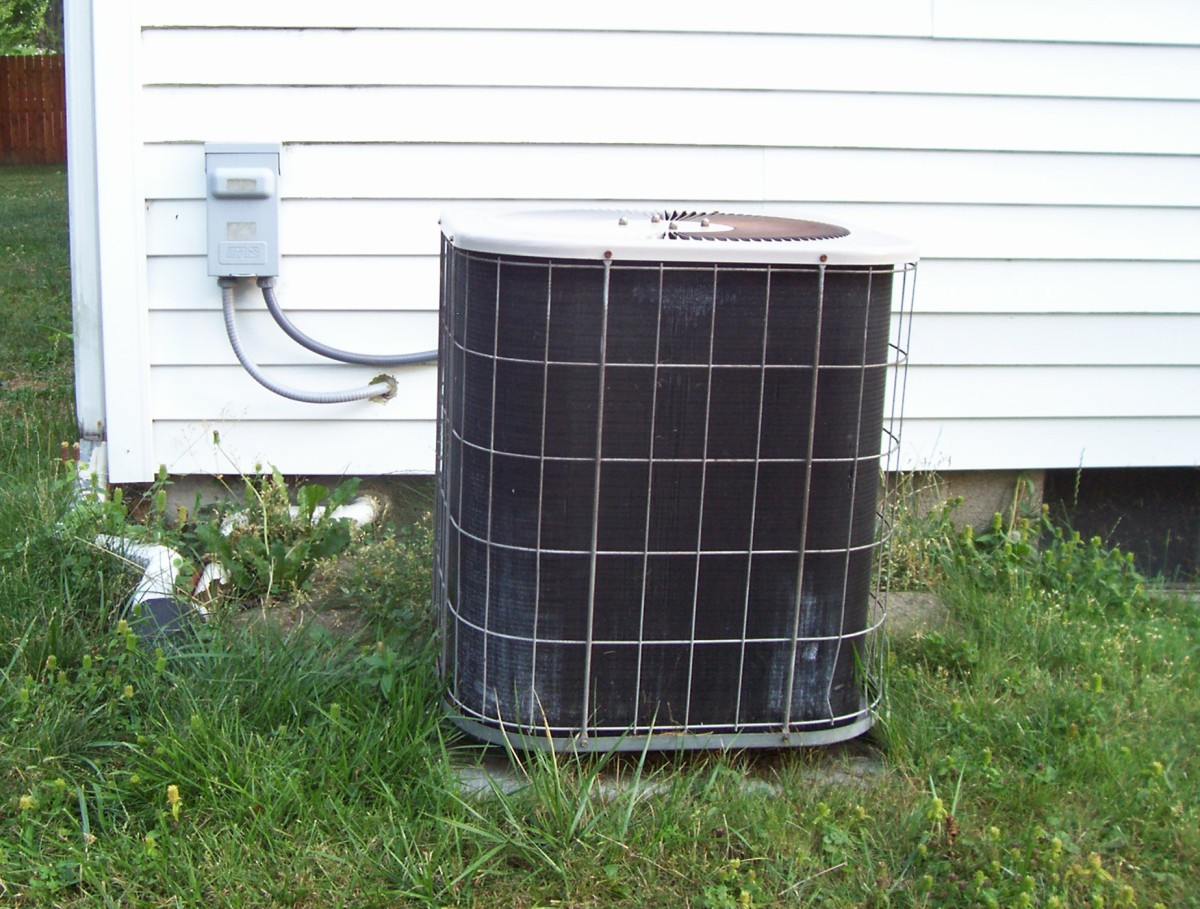CeilingMax-Armstrong
Drop Ceiling Precautionary Measures
We flatly don't recommend suspended ceilings. Often they are used as a bandage over major problems (namely, crumbling ceilings) that will lead to continual dust and potential fire hazards until they are fixed. In addition, many suspended ceiling products on the market are highly flammable and even highly toxic in a fire. Foam panels are the worst, especially if a poorly wired light fixture is loosely dropped from above.
One important, but often overlooked, function of walls and ceilings is blocking the spread of fire. Fires contained in one room- even for half an hour while firefighters are getting to work do far less damage to life and property than do one that spreads quickly. Everyone who does renovation should be conscious of fire stops; making sure that fire cannot travel quickly from room to room and floor to floor.
When old plaster and drywall have fallen from a ceiling over which you will install a suspended ceiling, it ought to be replaced, even with a crude patch, to prevent the chimney effect, the creation of a draft that can carry flames to a floor above when a fire starts. In addition, something flammable (such as paperboard panels) should not be hung under a ceiling.
Therefore, in our opinion, the most acceptable method of installing a suspended ceiling is to cover ceiling holes with drywall patches, install the grid of channels that holds the panels, and then install the least minimally fire-rated panels.
Where codes require a fire-rated ceiling, (as in multifamily buildings), a rated steel grid and panels with the correct rating should be installed. Hold-down clips are also required. In addition, ceiling lights should be installed according to their instruction and the fire code. This normally means covering the old fixture box with a plate and running a cable down in what is called a fixture stud, which is fireproof, to a new, enclosed fixture box. Improperly installed recessed lighting is a major cause of house fires.
The only good reasons for a suspended ceiling are the need to lower a very high ceiling so that heat in the room is held down to the living level, or to obscure a tin ceiling that cannot be repaired or demolished. Even in these cases, we estimated that, for $1000 you could hire a contractor to frame a new, dropped 12 x 12 -ft ceiling, drywall it, and paint it.
